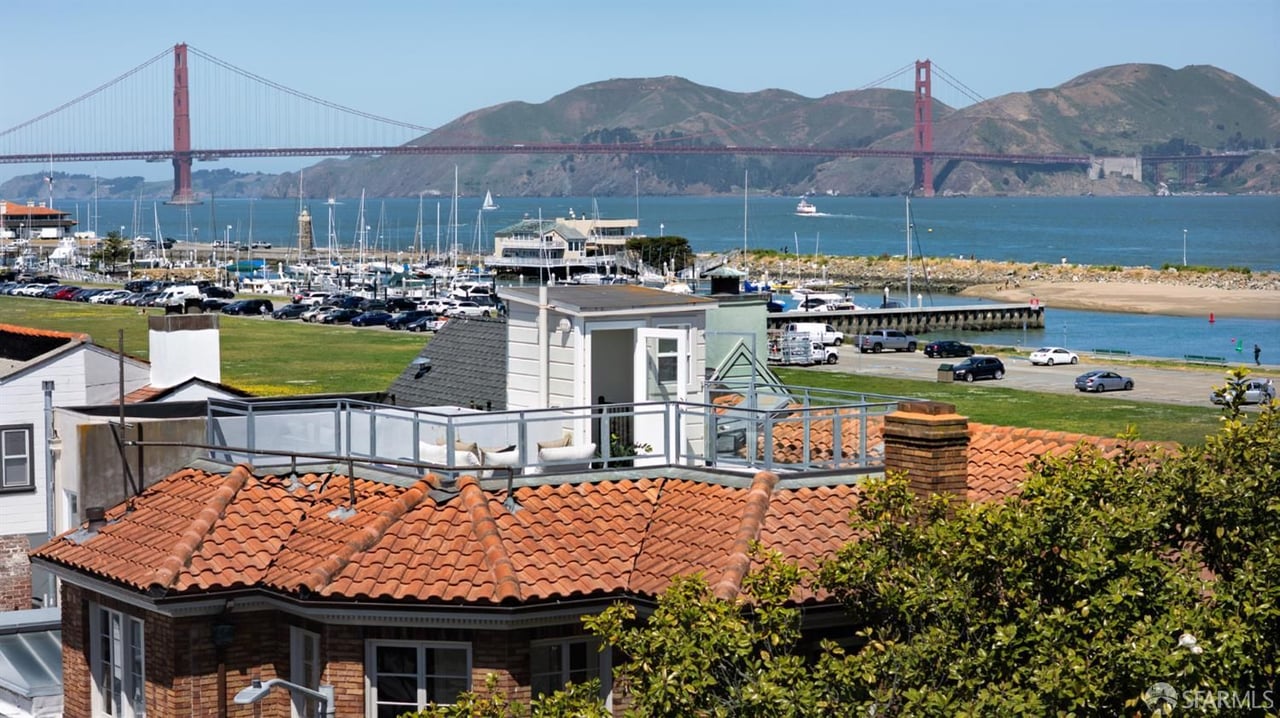The Role of Public Transit in Real Estate Value in San Francisco
San Francisco, renowned for its scenic beauty, vibrant culture, and tech-driven economy, also boasts an intricate public transit system that plays a pivotal role in shaping the real estate market. The city's efficient transportation network, including BART, Muni, and Caltrain, has a significant impact on property values. Let's explore how public transit influences real estate value in San Francisco, highlighting key transit lines and neighborhoods.
Enhanced Accessibility and Property Demand
Proximity to public transit often equates to enhanced accessibility, making neighborhoods more attractive to potential buyers. Properties located near transit hubs typically see higher demand and, consequently, higher prices. For instance, neighborhoods along the BART lines, such as the Mission District and Glen Park, have seen substantial appreciation in property values due to their excellent connectivity to downtown San Francisco and other parts of the Bay Area.
Economic Growth and Urban Development
Public transit facilitates economic growth by connecting residential areas with business districts. This connectivity spurs urban development, attracting businesses and amenities that enhance the quality of life in transit-rich neighborhoods. The South of Market (SoMa) district, served by multiple Muni lines and Caltrain, is a prime example of how robust public transit can transform a neighborhood into a bustling urban hub, driving up real estate values.
Related Link:
Sustainability and Livability
In an era where sustainability is paramount, public transit offers an eco-friendly alternative to car dependency. San Francisco's commitment to sustainable living is reflected in its extensive public transit network, which reduces traffic congestion and lowers carbon emissions. Neighborhoods well-served by transit, such as Noe Valley and Hayes Valley, are increasingly popular among environmentally conscious buyers, positively impacting real estate values.
Related Link:
Case Study: The Central Subway Project
The Central Subway project, extending the Muni Metro T Third Line, demonstrates how new transit developments can reshape real estate dynamics. This extension connects Chinatown with the South of Market area, enhancing accessibility and boosting property values in these neighborhoods. The project underscores the correlation between transit infrastructure investments and real estate appreciation.
Public transit is a crucial factor in determining real estate values in San Francisco. Enhanced accessibility, economic growth, sustainability, and new transit projects all contribute to the desirability and value of properties. As San Francisco continues to expand and improve its transit network, the positive impact on real estate is expected to grow, making transit-oriented neighborhoods prime targets for investment.
Explore More:
Understanding the role of public transit in real estate can help buyers, investors, and developers make informed decisions, ensuring that they capitalize on the benefits of living in a well-connected city like San Francisco.
MAKE YOUR SAN FRANCISCO REAL ESTATE DREAMS A REALITY
When it comes to buying or selling in areas like San Francisco (Marina, Pacific Heights, Cow Hollow), Charles Jacob is your trusted partner. With expert market knowledge and a commitment to exceptional service, he can help you find answers to all your questions. Get in touch with Charles Jacob today to step into the exciting San Francisco market.




